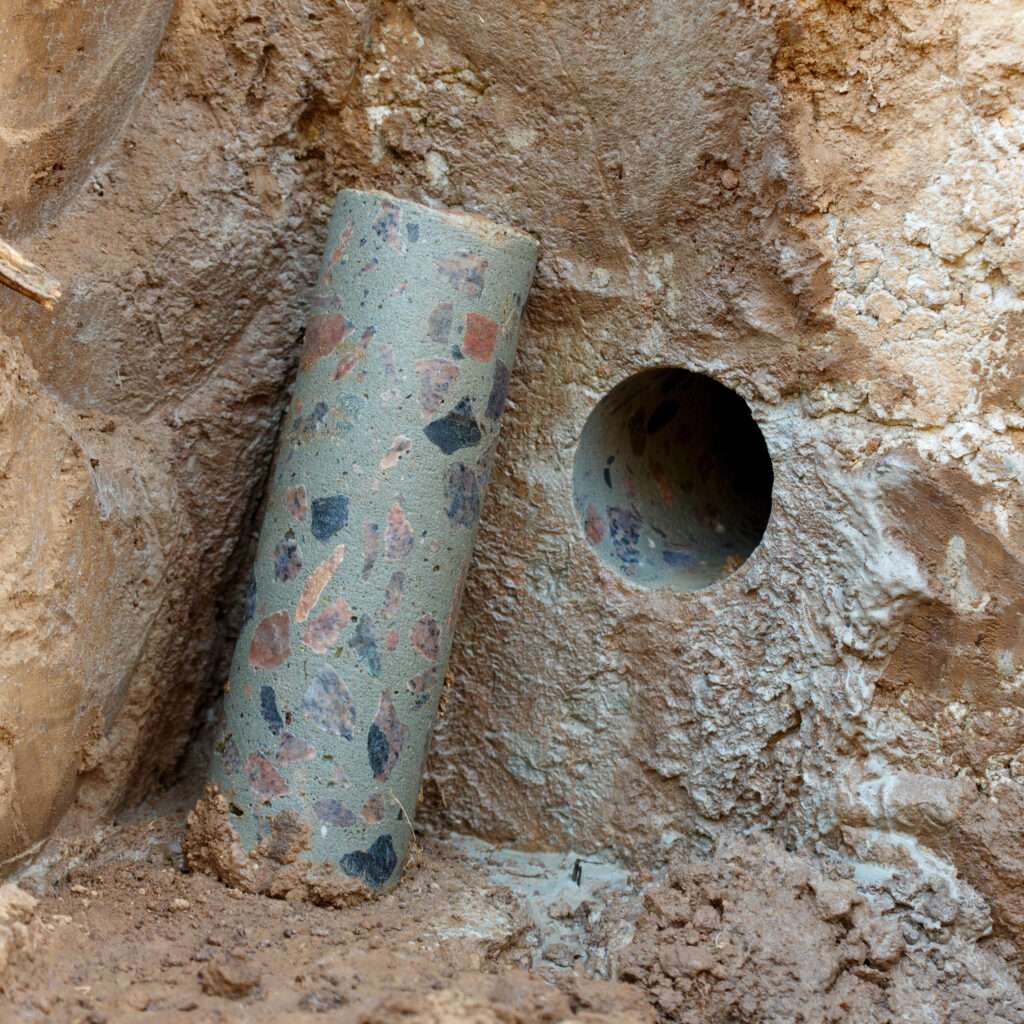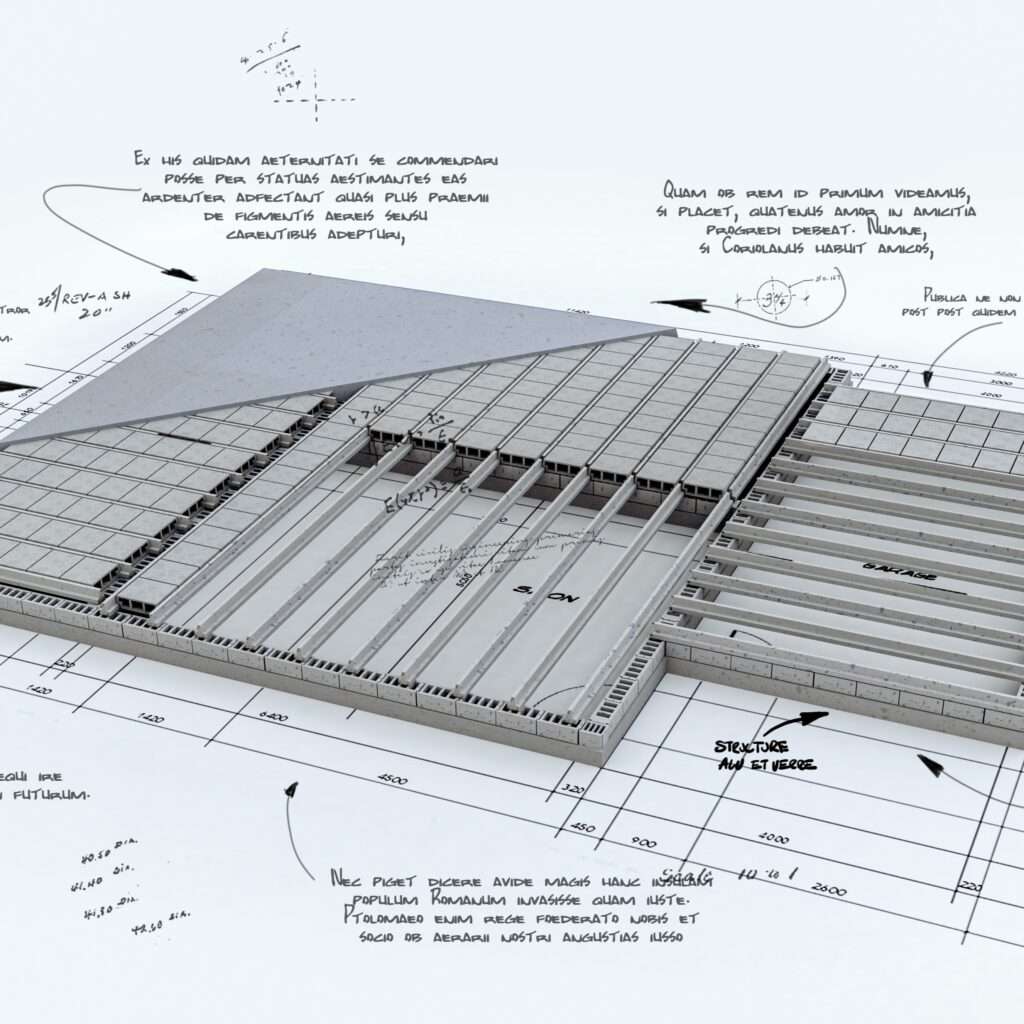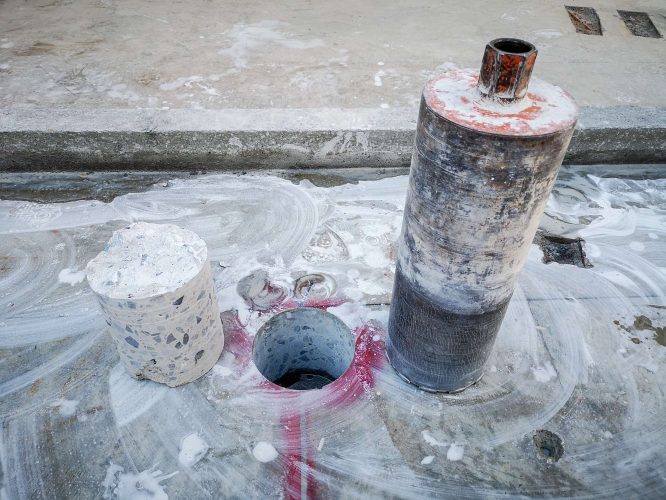When wildfires tear through a community, the devastation is immediate—but rebuilding can be a slow and painful process. For one California homeowner, the 2024 wildfire that destroyed their hillside residence was only the beginning of a long recovery. Like many others affected by wildfire damage, this family faced the challenge of rebuilding on steep terrain, with limited access and tight permitting timelines. But one critical decision helped accelerate their rebuilding effort: commissioning a structural engineering foundation inspection to determine whether the existing foundation could be salvaged.
Project Background: Navigating the Aftermath of a Wildfire
This project involved a modern hillside home constructed with a combination of raised stem walls, slab-on-grade, and grade beam foundation elements. After the wildfire swept through the area, the home was completely destroyed, leaving only the concrete foundation components behind.
Eager to rebuild, the homeowner faced a key early question: Could any part of the original foundation system be reused?
This was not just a technical consideration—it had major financial and scheduling implications. Reusing the foundation would significantly cut down on reconstruction costs and reduce delays tied to demolition, site work, and new foundation pours. On a steep slope, rebuilding from scratch would have required additional geotechnical engineering, excavation, and shoring—all expensive and time-consuming steps.
To evaluate the condition of the existing foundation, the homeowner engaged ISE Structural Engineers, known for its expertise in post-disaster structural evaluations and hillside construction.
The Challenge: Verifying Foundation Integrity After Fire Damage
Wildfires can compromise concrete foundations through extreme heat exposure. Even if foundations appear intact, the thermal shock can degrade both the concrete and the embedded reinforcing steel, potentially creating long-term structural risks. Assessing this kind of damage requires more than a surface-level visual inspection.
In this case, the foundation system included slab-on-grade components and raised CMU (concrete masonry unit) stem walls integrated with grade beams—typical for hillside properties. Each component needed to be evaluated both individually and as part of the overall system.
A comprehensive structural engineering foundation inspection—including non-destructive testing and core sampling—was essential to determine whether the structure could safely support a new build.
The Solution: A Collaborative Structural Evaluation
ISE Structural Engineers teamed up with ERJ Inspections to conduct a thorough assessment of the fire-damaged foundation. Together, they created a testing and inspection plan to evaluate the structural performance of the remaining concrete and masonry elements.
The process included:
- Site verification and mapping of the existing foundation layout in reference to original design plans
- Core sampling of concrete to assess compressive strength and detect thermal degradation
- Visual inspection for surface cracking, spalling, and discoloration
- Evaluation of embedded rebar conditions and bond with surrounding concrete
- Targeted assessment of CMU stem wall sections exposed to high heat
Through this collaborative and methodical approach, the team confirmed that the majority of the foundation was structurally sound and could be reused with targeted repairs. Portions of the exterior stem wall required reinforcement or localized replacement, but the slab-on-grade and grade beam systems remained intact and fit for reuse.


A comprehensive structural engineering foundation inspection involves non-destructive testing and core sampling to determine whether a fire damaged foundation can support a new build.
The Results: Accelerated Permitting and Major Cost Savings
The outcome of the foundation inspection was decisive: reusing the existing foundation—with selective retrofits—would allow the rebuild to proceed more quickly and cost-effectively.
ISE’s findings gave the homeowner and design team the confidence to move forward using the original architectural and structural plans. This eliminated the need for a full foundation redesign and helped avoid lengthy permitting delays, particularly critical on hillside properties with complex regulatory requirements.
Key Benefits of the Structural Foundation Inspection:
- Faster Permitting: Verified structural integrity supported faster approval from building departments
- Shortened Construction Timeline: Reuse of the existing foundation eliminated the need for demolition and new pours
- Substantial Cost Savings: Avoided full foundation replacement, saving hundreds of thousands in materials, labor, and engineering
- Preserved Design Intent: Maintaining the original foundation layout allowed for continuity in architectural plans and aesthetics
Why Structural Engineering Foundation Inspection Matters
In wildfire-prone regions like California, foundation inspections have become a critical part of the post-disaster rebuilding process. Homeowners, contractors, and insurers all benefit from a data-driven approach that can streamline recovery efforts and reduce waste.
A professional foundation inspection delivers measurable value by:
- Identifying components safe for reuse, minimizing environmental impact
- Informing effective and targeted retrofit strategies
- Supporting insurance claims with objective assessments
- Accelerating building department approvals through clear technical documentation
In this case, what could have been a drawn-out, costly rebuild became a streamlined process—thanks to timely engineering insight and the collaboration between ISE Structural Engineers and ERJ Inspections.
Conclusion: Engineering Resilience and Speed After Disaster
Rebuilding after a wildfire is never easy—but with the right structural engineering support, it doesn’t have to be slow or uncertain. For this homeowner, a strategic decision to invest in a foundation inspection proved invaluable, paving the way for a faster, more efficient rebuild.
Structural engineering services like these are playing an increasingly vital role in recovery. Contact ISE Structural Engineers today to learn how a professional foundation assessment can help you rebuild faster and smarter after wildfire damage.



